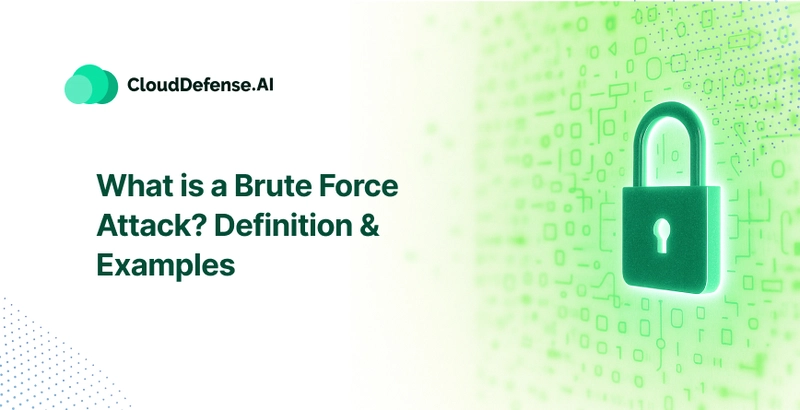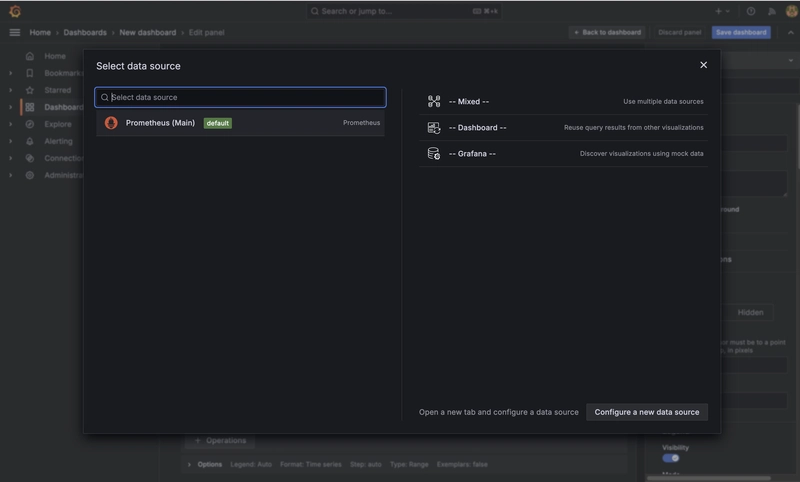What is a Brute Force Attack? Definition & Examples
A brute force attack is a method where hackers use trial-and-error to guess passwords or encryption keys. Despite being basic, it's still effective, especially when targeting weak credentials. Attackers often use automated tools to speed up the process. Why Do Hackers Use Brute Force Attacks? Hackers are driven by motives like financial gain, notoriety, or sabotage. They might steal data, hijack systems, or tarnish a company’s reputation. Brute force gives them a way in when poor security is in place. Common Types of Brute Force Attacks There are several types, including simple brute force attacks, dictionary attacks using common passwords, and hybrid approaches that mix dictionary words with variations. Credential stuffing and reverse brute force methods are also popular among attackers. Popular Tools Used by Hackers Tools like THC-Hydra, John the Ripper, and Hashcat are widely used to execute these attacks. They support various platforms and protocols, allowing attackers to target everything from Wi-Fi networks to encrypted files. The Role of Weak Passwords Weak or reused passwords like "123456" make brute force attacks easier. Default router logins and simple personal information in passwords expose users to serious risks. Strong password habits are essential for defense. How to Defend Against Brute Force Attacks Individuals should use strong, unique passwords, avoid predictable patterns, and rely on password managers. Organizations must enforce password policies, apply MFA, limit login attempts, and monitor user activity closely. CloudDefense.AI’s Approach to Protection CloudDefense.AI detects and blocks brute force bots in real-time using behavioral analysis and threat signatures. Its multi-layered security integrates easily with existing systems and provides actionable insights to enhance protection.

A brute force attack is a method where hackers use trial-and-error to guess passwords or encryption keys. Despite being basic, it's still effective, especially when targeting weak credentials. Attackers often use automated tools to speed up the process.
Why Do Hackers Use Brute Force Attacks?
Hackers are driven by motives like financial gain, notoriety, or sabotage. They might steal data, hijack systems, or tarnish a company’s reputation. Brute force gives them a way in when poor security is in place.
Common Types of Brute Force Attacks
There are several types, including simple brute force attacks, dictionary attacks using common passwords, and hybrid approaches that mix dictionary words with variations. Credential stuffing and reverse brute force methods are also popular among attackers.
Popular Tools Used by Hackers
Tools like THC-Hydra, John the Ripper, and Hashcat are widely used to execute these attacks. They support various platforms and protocols, allowing attackers to target everything from Wi-Fi networks to encrypted files.
The Role of Weak Passwords
Weak or reused passwords like "123456" make brute force attacks easier. Default router logins and simple personal information in passwords expose users to serious risks. Strong password habits are essential for defense.
How to Defend Against Brute Force Attacks
Individuals should use strong, unique passwords, avoid predictable patterns, and rely on password managers. Organizations must enforce password policies, apply MFA, limit login attempts, and monitor user activity closely.
CloudDefense.AI’s Approach to Protection
CloudDefense.AI detects and blocks brute force bots in real-time using behavioral analysis and threat signatures. Its multi-layered security integrates easily with existing systems and provides actionable insights to enhance protection.



































































































































































![[The AI Show Episode 145]: OpenAI Releases o3 and o4-mini, AI Is Causing “Quiet Layoffs,” Executive Order on Youth AI Education & GPT-4o’s Controversial Update](https://www.marketingaiinstitute.com/hubfs/ep%20145%20cover.png)















































































































































































.jpg?#)

























































































_NicoElNino_Alamy.jpg?width=1280&auto=webp&quality=80&disable=upscale#)


















































































































![Standalone Meta AI App Released for iPhone [Download]](https://www.iclarified.com/images/news/97157/97157/97157-640.jpg)


































































































